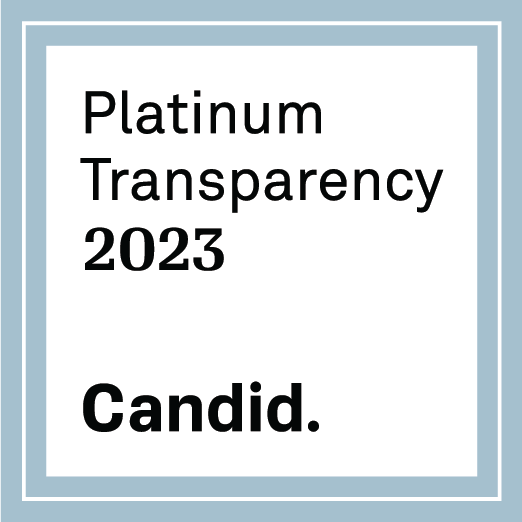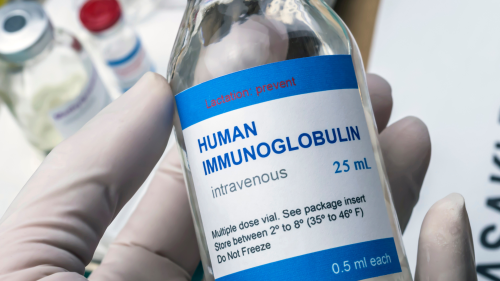
-
Understanding primary immunodeficiency (PI)

Understanding PI
The more you understand about primary immunodeficiency (PI), the better you can live with the disease or support others in your life with PI. Learn more about PI, including the various diagnoses and treatment options.
-
Living with PI
-
Addressing mental health
-
Explaining your diagnosis
- General care
- Get support
- For parents and guardians
-
Managing workplace issues
- Navigating insurance
-
Traveling safely

Living with PI
Living with primary immunodeficiency (PI) can be challenging, but you’re not alone—many people with PI lead full and active lives. With the right support and resources, you can, too.
-
Addressing mental health
-
Get involved

Get involved
Be a hero for those with PI. Change lives by promoting primary immunodeficiency (PI) awareness and taking action in your community through advocacy, donating, volunteering, or fundraising.
-
Advancing research and clinical care
-
Grants
-
IDF surveys
-
Participating in clinical trials
-
Diagnosing PI
-
Consulting immunologist
-
Clinician education

Advancing research and clinical care
Whether you’re a clinician, researcher, or an individual with primary immunodeficiency (PI), IDF has resources to help you advance the field. Get details on surveys, grants, and clinical trials.
-
Grants
By: John G. Boyle, President & CEO
This past weekend, the New York Times published an opinion piece in its ‘News Analysis’ section titled ‘What is the Blood of a Poor Person Worth?’ that examined the practice of compensating source plasma donors. For the primary immunodeficiency (PI) community, this was yet another article that—while guaranteed to generate clicks and comments—is likely to do little more than reinforce existing biases about poverty and plasma donation.
The problem is that this story, and the scores of others like it, miss a major and important element of this issue for those of us who owe our lives to plasma donation.
Missing the big picture
As I shared in a recent blog post, ‘The Sky Isn’t Falling, But the World Needs More Plasma,’ members of our community are facing barriers to accessing the lifesaving therapies that many of us need to take for the rest of our lives. The reason? The demand for these therapies continues to outpace the collection and fractionation of source plasma.
As a result, there’s a collective groan and growing sense of unease when a piece like this appears because of its potential to further stigmatize a market badly in need of more donors.
The global pay for plasma paradox
For those who are unaware, most other countries throughout the world don’t want to be seen as “paying for plasma.” Many nations do, however, compensate their donors with non-monetary gifts. And while they look down on compensating plasma donors in their own country in the name of bioethical righteousness, they quietly import plasma and plasma products that come from the veins of U.S. donors who are directly compensated.
The fact remains that the U.S. supplies more than 70% of the global plasma supply since other countries can’t meet the needs of their own populaces through voluntary or quasi-compensated donations. The bottom line is: if the U.S. didn’t compensate donors, there would not be enough plasma and lives would be lost globally.
U.S. donors are and should be compensated—For their time
The kicker to all of this is that neither the U.S. nor the “compensation-by-another-name” scenarios abroad are ultimately compensating donors for their plasma. Rather, they are compensating them for their time.
Source plasma is collected at highly-regulated standalone centers, as opposed to whole blood donations, which can be collected anywhere. Plasma collection is more invasive than whole blood collection, and one-time donations can’t be used—you have to donate a second time. What’s needed for source plasma donations are people who, more than anything, are willing to donate their time in addition to their plasma.
Ideally, everyone would give a portion of their time towards donating plasma, and that is certainly something I encourage. The reliance, however, on U.S. plasma from other countries has shown us that, in order to get people to give their time, incentivizing them is critical. Having talked with plenty of plasma donors over the years, I know that financial considerations are an important factor in what motivates many people to donate plasma for the first time.
To those whose lives depend on plasma-based therapies, this isn’t an academic issue. We depend on the plasma industry: to safeguard donors so they are protected and will continue donating plasma; to manufacture the safe, efficacious products that we rely on; and to ensure that enough plasma is donated to meet the ever-rising need for plasma-based products. Simply put, in our cases, access to these therapies is a life or death matter. Our community is uncomfortably close to a crisis point with plasma supply and demand. If the tide of public opinion continues to turn against plasma donation, those of us who rely on plasma products will suffer.
Focus on finding solutions
Unfortunately, some of the loudest voices on this topic are folks who are pursuing narratives rather than grappling with a complex, multi-faceted issue and working to finding solutions.
One possible approach is to make sure we amplify voices that show a different side. Voices of plasma donors. Voices of those who benefit from plasma donations. Voices of those who have expertise in plasma-related issues and who have no problem discussing them, such as economists, bioethicists, government regulators, and others.
If we can illuminate the biases that currently influence attitudes and policy decisions in this area, we may be able to dismantle some of the stereotypes so the general public is more likely to look at plasma donors as our community does: as lifesavers.
Since 1980, the Immune Deficiency Foundation (IDF) has taken on numerous issues that have threatened the PI community. It’s clear that IDF has a part to play in helping to generate understanding of a host of plasma-related topics. We need to stimulate honest dialogue and a better understanding of the facts among those who care about the health and safety of both plasma donors and those of us who benefit from a safe and stable plasma supply.
If you would like your voice to be among those that are amplified as part of our efforts, please e-mail me at president@primaryimmune.org.
This content should not be used as a substitute for professional medical advice. In all cases, patients and caregivers should consult their healthcare providers. Each patient’s condition and treatment are unique. The benefits and risks should be discussed with the patient’s provider.
Topics
Sign up for updates from IDF
Receive news and helpful resources to your cell phone or inbox. You can change or cancel your subscription at any time.





The Immune Deficiency Foundation improves the diagnosis, treatment, and quality of life for every person affected by primary immunodeficiency.
We foster a community that is connected, engaged, and empowered through advocacy, education, and research.
Combined Charity Campaign | CFC# 66309




